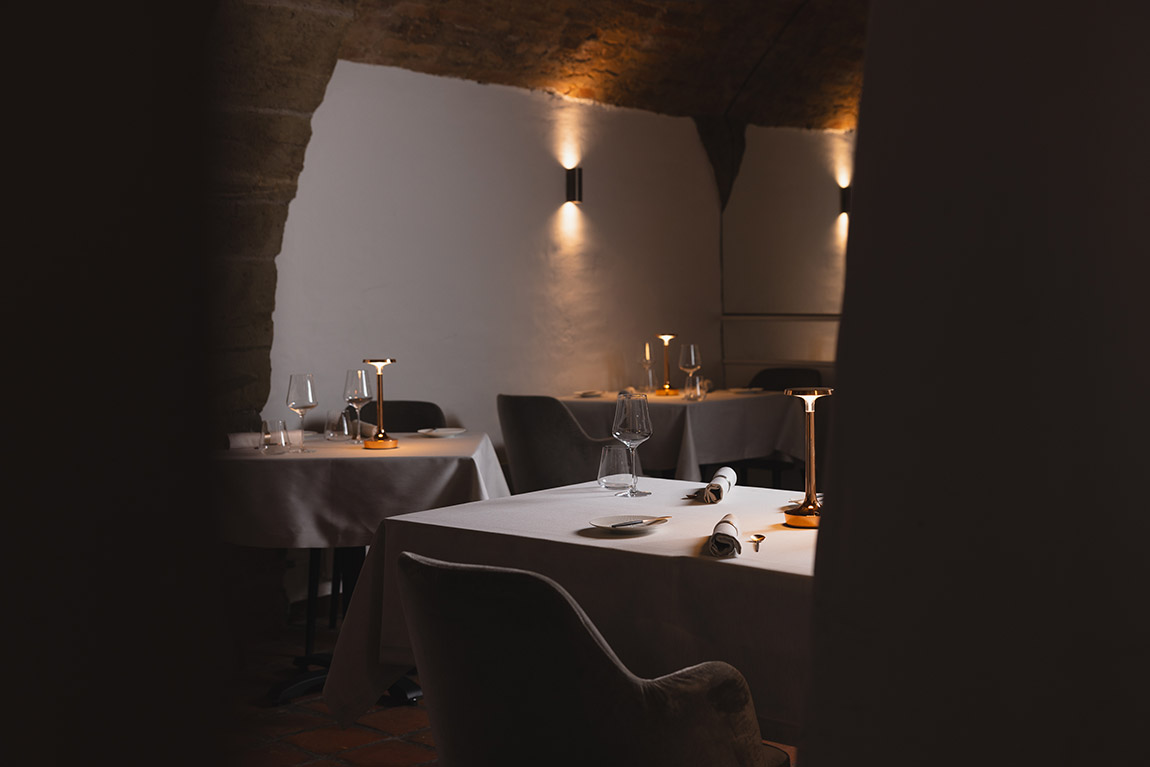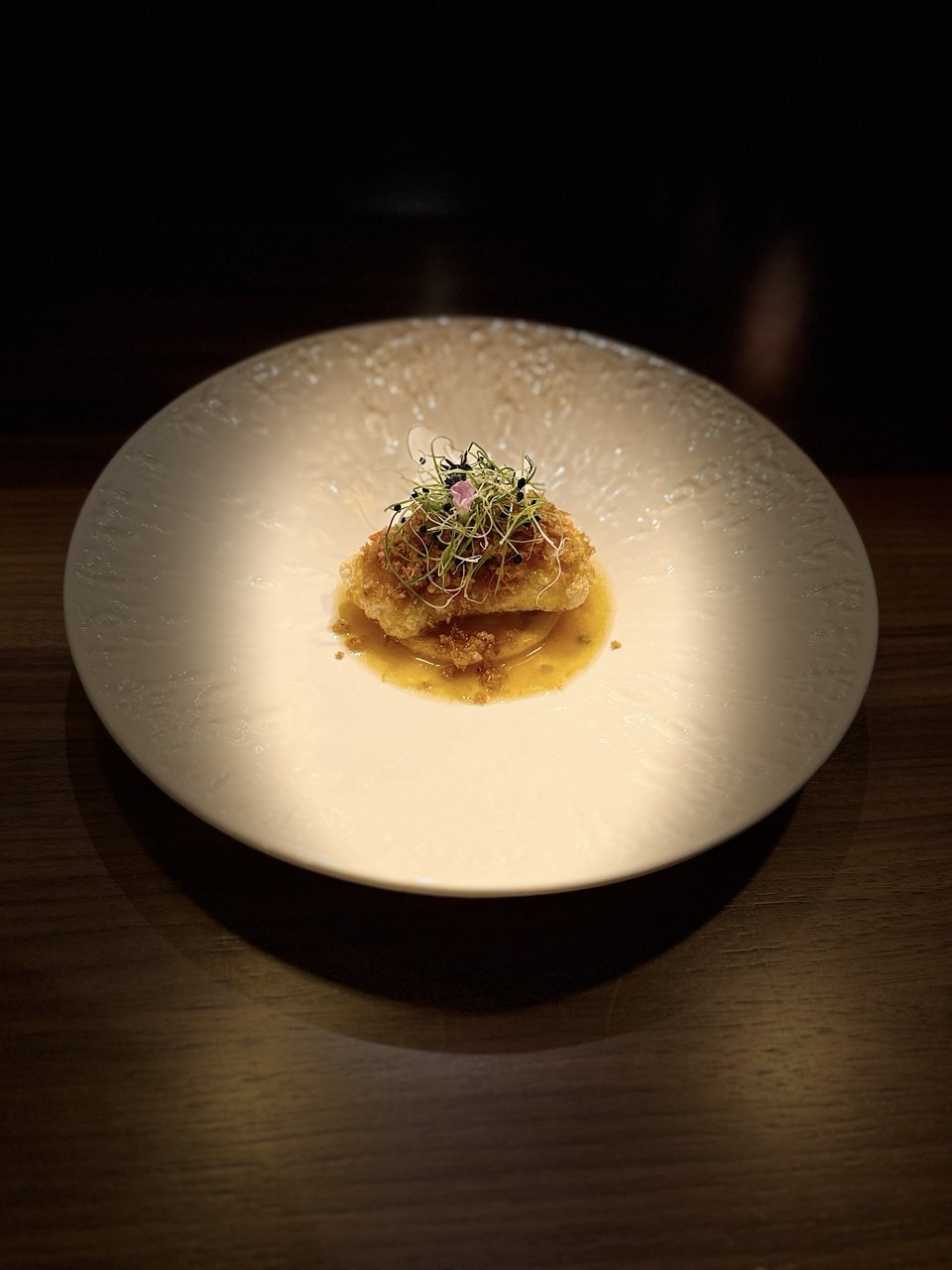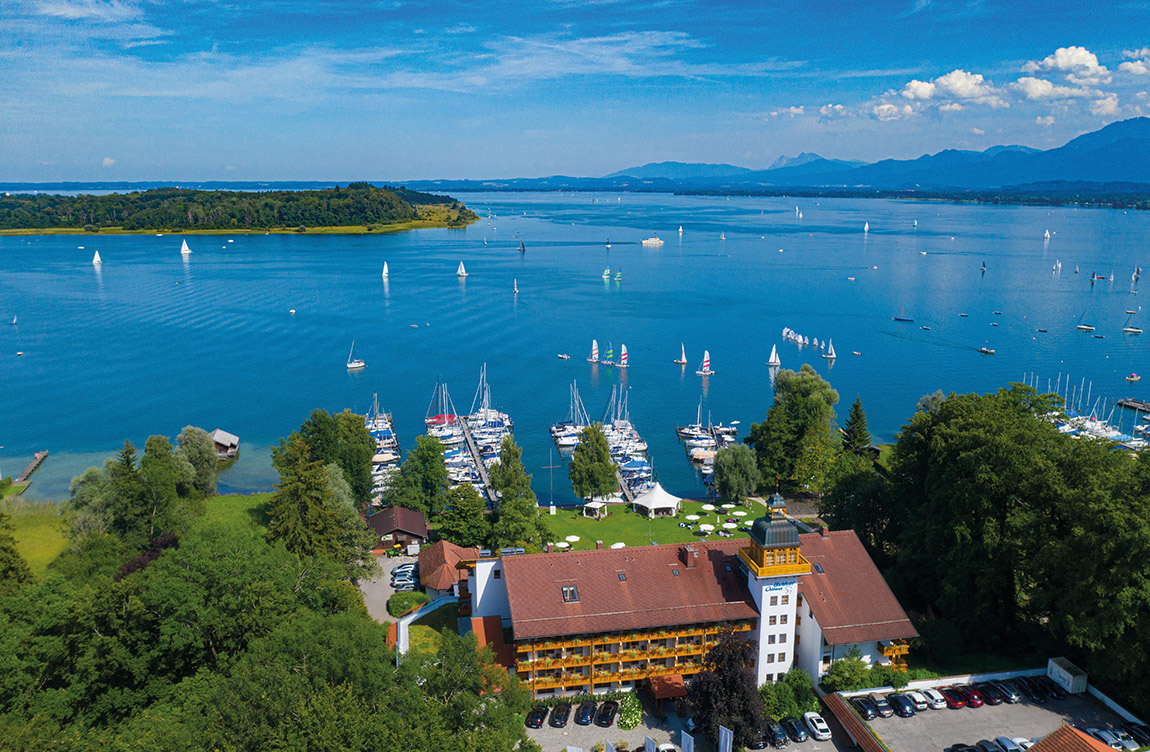Top 10 Swiss Chocolate Brands – Selling Dreams
TEXT: CORNELIA BRELOWSKI
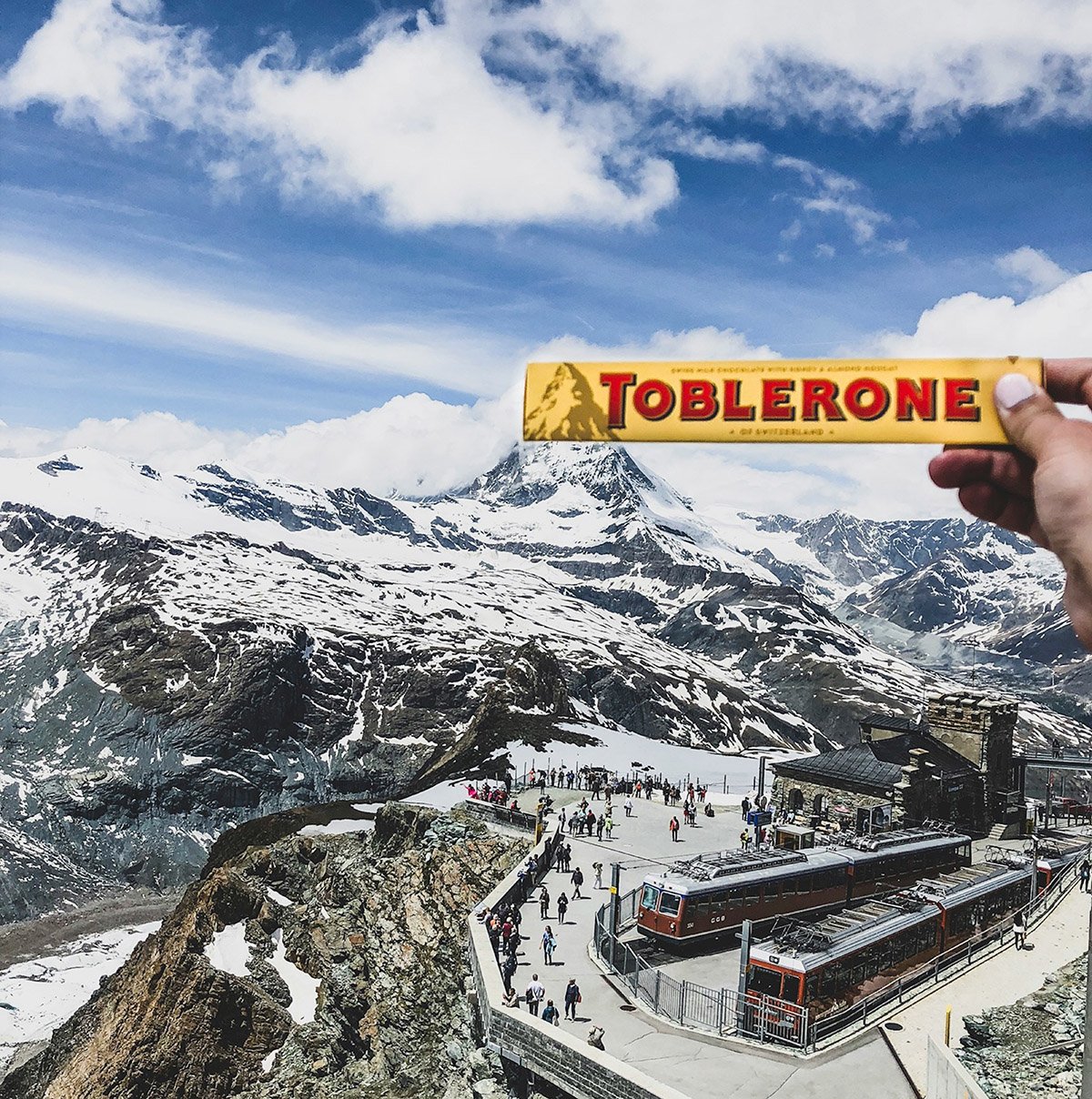
Photo: Morgan Thompson on Unsplash
When Juliette Binoche as a travelling chocolatier Viviane bursts into a conservative French village in “Chocolat” and turns the villagers’ lives inside out by means of selling chocolate alone, she innocently states:“I sell dreams, small comforts, sweet harmless temptations to bring down a multitude of saints crashing among the hazels and nougatines”. *
When it comes to Top Swiss Chocolate Brands, you better start with tapping the best local sources in the respective city of your travels: In Zurich you go to Bachmann, Honold or Teuscher; in Geneva you visit Farvager, La Maison Du Rhône, Auer or Stettler – in Basel you check out Confiserie Schiesser, Brändli or Xocolatl (no joke, you are in Switzerland after all). But what will you find?
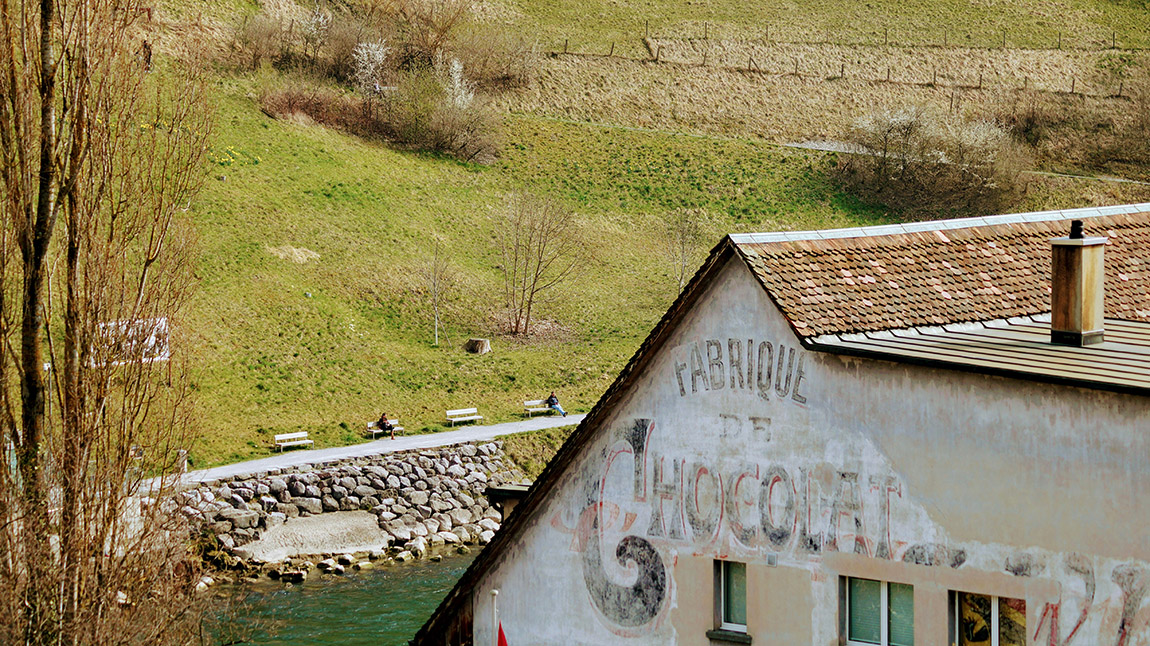
Photo: Pascal Muller on Unsplash.
A born and bred Northener and a chosen Berliner for my entire adult life, I am not exactly a praline connoisseur. But I do know that when it comes to Swiss chocolate, you are well advised to pick up a giant Toblerone at the airport, and come Easter, the golden Lindt chocolate bunnies are the best supermarket chocolate choice for kids. I may have heard of the word “conching”, but I know nothing beyond the fact that it takes time, as do most delicious things. And as for all the sliding into French, please bear with us: It comes with the territory.
For details, I will have to tap into other sources, e. g. a description of artisan manufacturer Favarger in Geneva – worth quoting as the words melt in the mouth as much as the subject:
– Founded in 1826, this historic chocolate shop has delighted chocolate lovers with its exquisite creations for generations. Among Favarger’s must-try products are the Avelines, delicate hazelnut pralines coated in creamy milk chocolate. Another iconic creation is the Nougaline, conceived by the innovative minds of the house in 1932. This exclusive speciality combines three textures in perfect harmony: a creamy praline core, wrapped in a crunchy, nougatine shell, all enveloped in a thin layer of milk chocolate.(www.welo.swiss)
For all the delight, let’s also check some historical facts and certain qualitative and environmental aspects that need factoring into a trustworthy TOP 10 list:
TOP 10 SWISS CHOCOLATE BRANDS – New Aspects of Value and a Brief History
While evaluating a chocolate brand today, a major, formerly covert aspect is the origin of the ingredients, most importantly the cocoa bean – which literally can become a bitter reminder of the darker days of colonialism. Today, not only quality and processing, but also sustainability and fair trade certainly add plus points to the evaluation of a brand. Which brings us to a brief history of cocoa trading and chocolate production:
The first cocoa beans are said to have reached Europe in the 1500s. In 1750s, the first Swiss-manufactured chocolate went on sale. Interestingly, most of Switzerland’s chocolate was initially made by French and Italian migrants in the Ticino (Tessin) area. When manufacturers in the Vaud canton started making the treat more popular, the first ‘original’ Swiss chocolate manufacturers set up shop in Vevey, which by the 1806 grew to a number of seven, all situated in the same small town. The Swiss, always with one foot in the dairy business, also refined the idea of adding milk to chocolate, so that the original bitter taste became more and more replaced with the creamy, sweet experience most chocolate lovers crave today.
It must be said though, that sticking to dark chocolate with a higher cocoa percentage has its merits, especially when it comes to heart health and more: The US National Institutes of Health (NIH) for example state: “The cocoa bean contains several minerals necessary for vascular function. Dietary magnesium, copper, potassium, and calcium all reduce risk of hypertension and atherosclerosis.” That, and the mood boost.
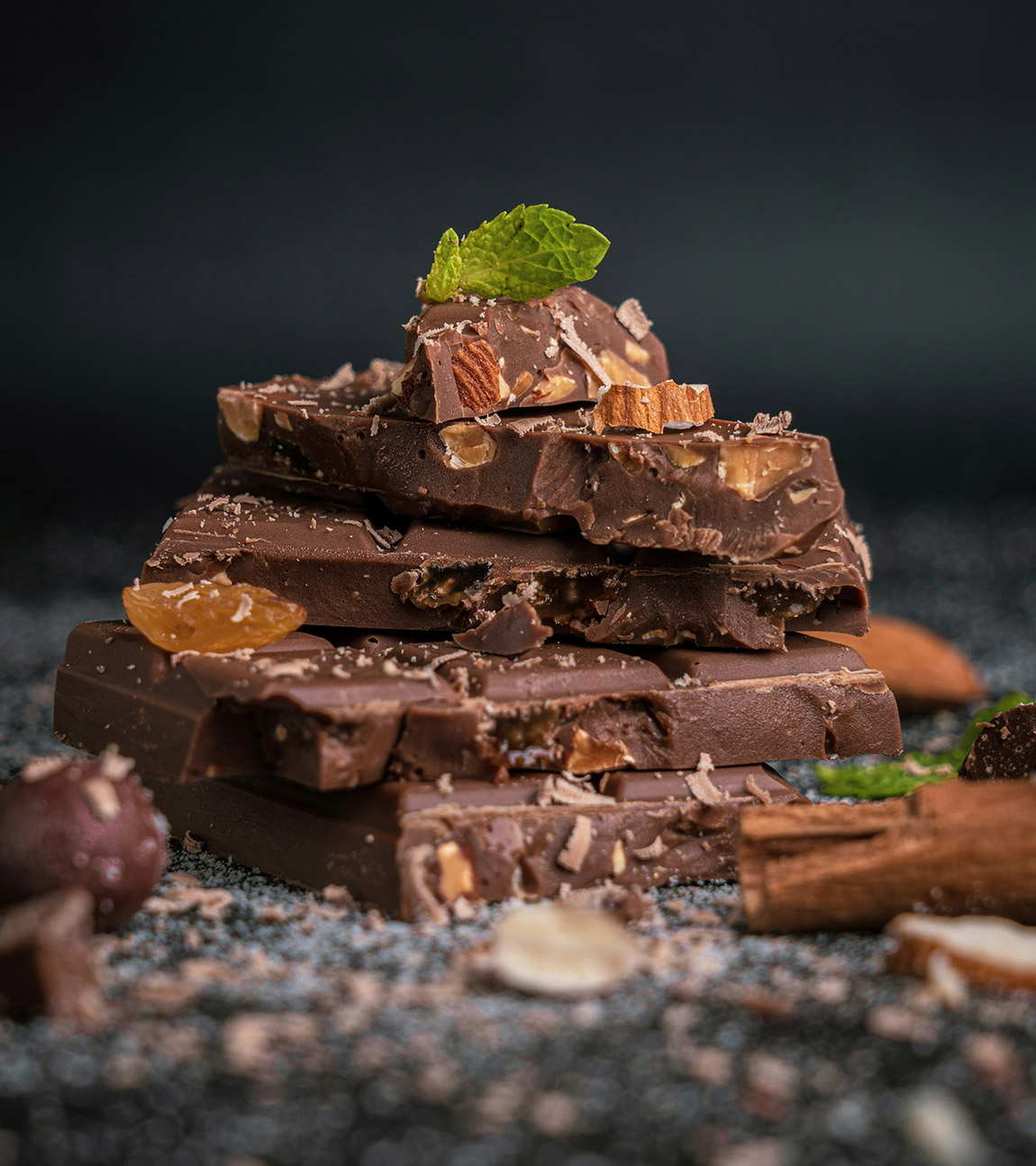
Photo: Pushpak on Unsplash
TOP 10 SWISS CHOCOLATE BRANDS – Why Origin Matters
Cocoa beans originally stem from the Amazon area and were first cultivated and processed by the Maya people, who even used them as currency. Today, a major part is produced by small farmers in South America, and various African regions such as the Ivory Coast, where an estimated 40% is grown on illegally cleared national park grounds
(source: www.worldwildlife.org)
The World Wildlife Fund WWF states that Côte d’Ivoire and Ghana have already lost 90 percent of their forests to cocoa cultivation, among other things. It is estimated that up to 40 percent of the cocoa harvest in Côte d’Ivoire comes from illegally deforested areas, for example from national parks. Plantations are often very old and the majority are cultivated as monocultures.
WWF further states that due to the complex supply chains, chocolate manufacturers often do not even know where their cocoa comes from and cannot ensure that the cocoa does not come from illegally deforested areas.
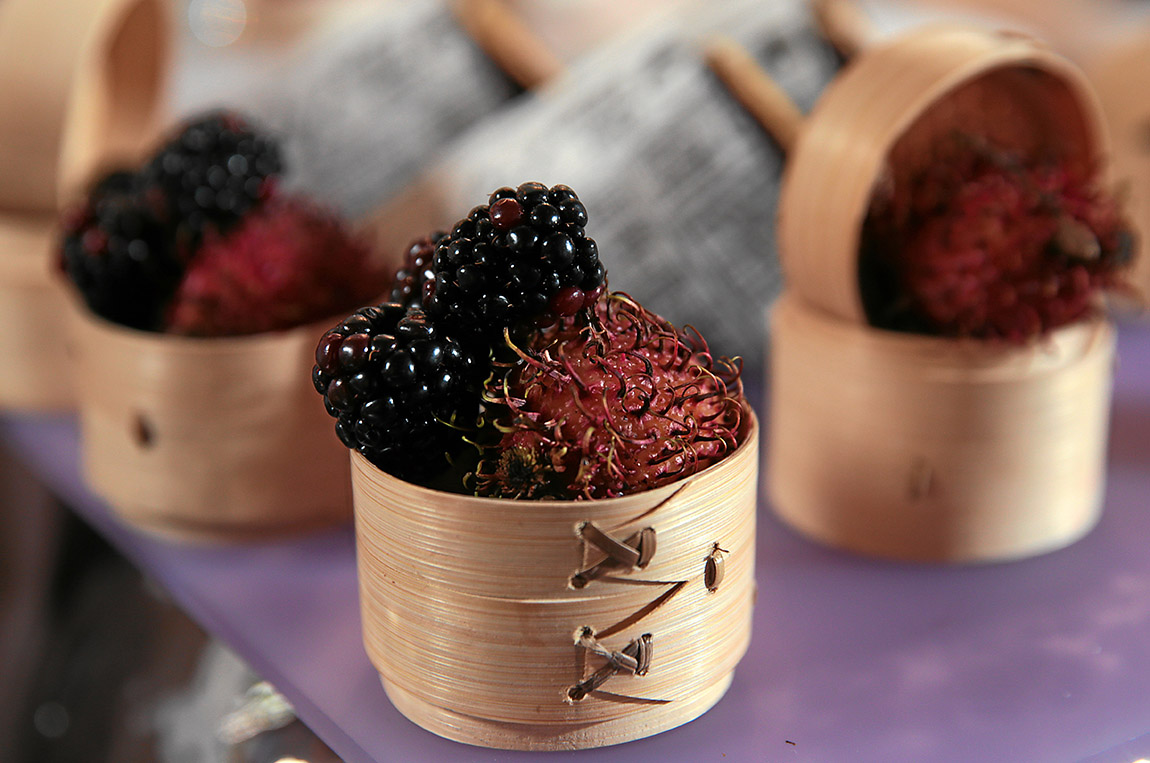
Chocolate Cult at Barutt’s Palace Hotel, St. Moritz. – © swiss-image.ch. Photo Andy Mettler
Therefore, it always makes sense to check for labels such as Cocoa Horizons, Fairtrade, and Rainforest Alliance—or better yet, ask the shop owner or artisan chocolatiers directly about the origin of the processed beans. Many manufacturers nowadays make a point of using fair trade cocoa, e.g., fair trade pioneer Stella Bernrain, who has used fair trade cocoa since 1991. Runner-up on the good karma list is Barry Callebaut: The manufacturer has invested in the development of sustainable cocoa programs for well over a decade.
Big players like Lindt also have noticed the sign of the times and have jumped on the band wagon with projects and statements that to some might still be leaving some questions open: “Even though we do not contract with cocoa farmers directly and work through suppliers, we voluntarily go beyond expectations by supporting farmers and their communities through our own sustainability program for cocoa – the Lindt & Sprüngli Farming Program.”
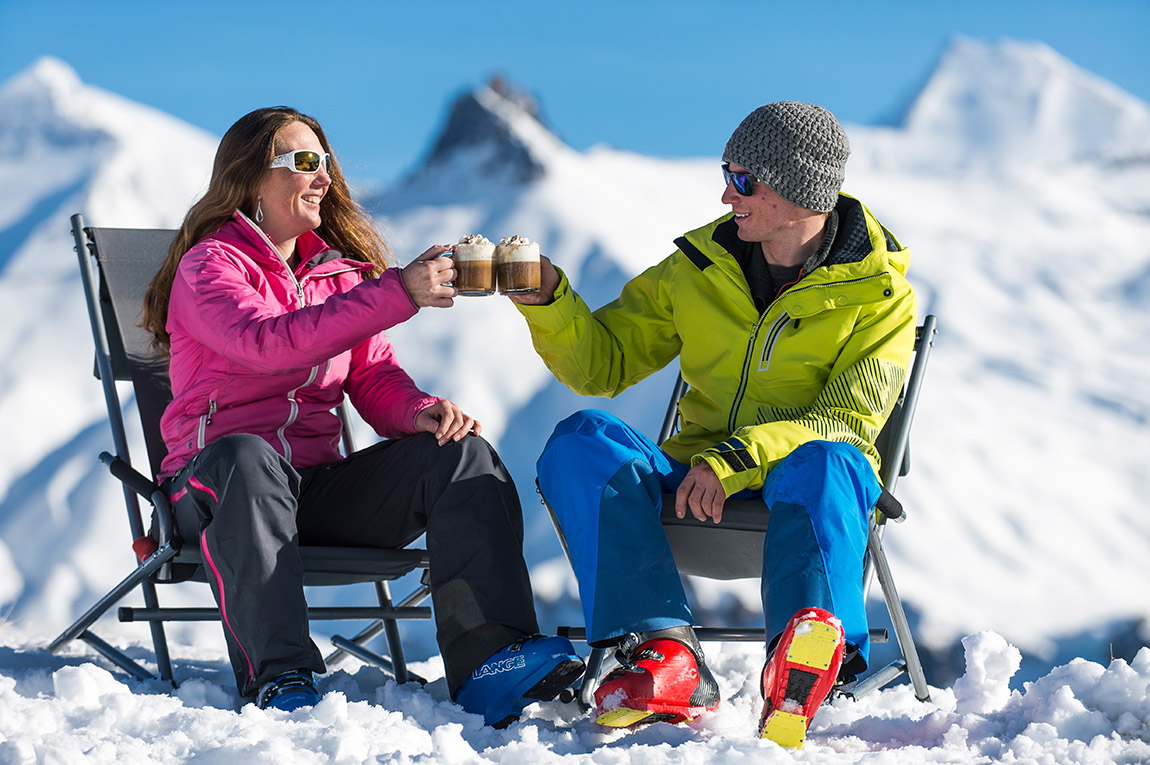
Tourismus Adelboden, swiss-image.ch. Photo: Roger Gruetter
TOP 10 SWISS CHOCOLATE BRANDS – Swiss Artisan Chocolatiers
There are of course independent “craft”, or artisan chocolatiers in Switzerland as well, which may be much more aware of their supply chains than others, such as e. g. Tristan Chocolatier (Perroy, Vaud canton), Max Chocolatier (Zurich, Lucerne) and Camille Bloch (Courtelary, canton Bern).
The above-mentioned Favarger in Geneva has local competition in Guillaume Bichet, a renowned artisan chocolatier and pastry chef, as well as La Maison Du Rhône, with traditionally hand-packed chocolates praised by the likes of Winston Churchill, Grace Kelly and J. F. Kennedy.
Then, still in Geneva, there is La Bonbonnière (formerly Confiserie WERDER), blending ancestral know-how with a contemporary approach for an unmatched gourmet experience – vegan or gluten-free if so desired. Here, tradition meets the future.
TOP 10 SWISS CHOCOLATE BRANDS – The Sum-up
Summing up, a top ten list of Swiss Chocolate Brands features many aspects outside of a manufacturer’s net worth.
The secret lies in the recipe, the history, the love given into the process, and the game changer of our times: sustainability and fair trade efforts. It may help a brand to pride itself with using Swiss milk and sugar only – but after all, it is the cocoa bean which makes the product the luxurious treat that can bring entire villages to a standstill – or to resurrection, depending on perspective.
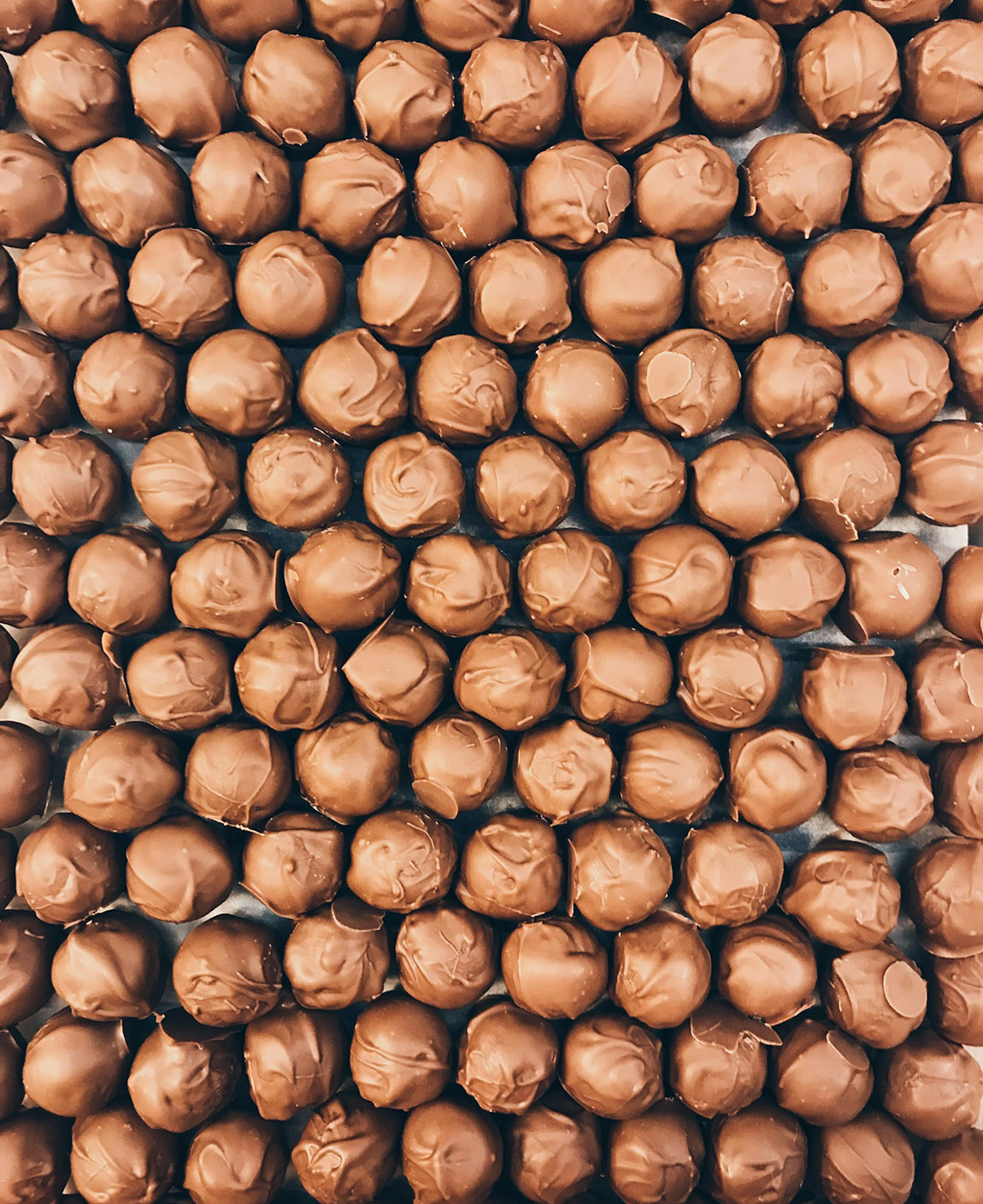
Photo: Merve Aydin on Unsplash
TOP 10 SWISS CHOCOLATE BRANDS - EXTRA POINTS FOR...
• MILKBOY - known for using premium Alpine milk and sustainable cocoa
• TOBLERONE - its Matterhorn-inspired shape and 100% sustainably sourced cocoa
• KÄGI - “cult” waffles, high craftsmanship at a moderate price
• SWISS DELICE - high quality, sustainable and fair trade practices
• GENÈVE BONNE - artisan craftsmanship and high-quality ingredients
• CAILLER - (since 1819), emphasizes sustainability, famous for condensed milk recipes
• FREY - extensive range of high-quality products, emphasizes sustainability
• VILLARS - known for its rich and creamy textures, highquality Swiss milk and sustainable cocoa.
• TAUCHERLI - artisan and organic production, smallbatches to ensure continuous excellence
• LÄDERACH - fresh artisan quality, sourcing cocoa from Rainforest Alliance-certified farm
* (introductory paragraph quote: Joanne Harris, Chocolat)
Additional sources:www.iamexpat.ch
www.candyretailer.com
Subscribe to Our Newsletter
Receive our monthly newsletter by email

